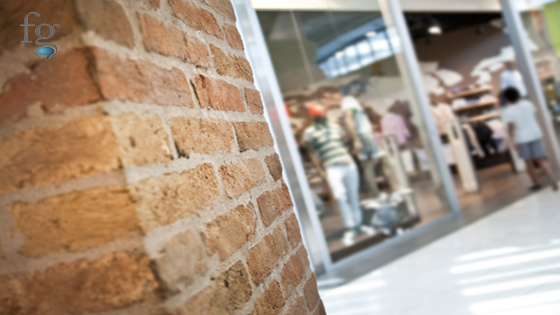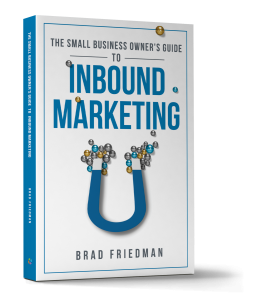There once was a time when you could walk down the street and visit your neighborhood store. The owner knew you, knew what you wanted, and would greet you with special consideration. Now neighborhood brick and mortar stores are fast disappearing, along with the deep personalization that went along with them.
The whole idea of Main Street has almost literally vanished into thin air. “Main Street” brick and mortar stores are gradually dying (many being replaced by impossibly under-financed boutiques). Local area malls are slowly dying. In many cases, the space is occupied by medical offices or service centers if anything.
The Disappearance Of The Real World
A typical local mall in Frackville, Pennsylvania, the Schuylkill Mall, had 90 stores a decade ago. The mall was the center of daily life in the town. Teenagers “hung out” there to flirt. Seniors walked laps around the floors. Crowds of local people celebrated special festivals there. Now Suglia's Pizzeria is the last restaurant. The bigger stores are shuttered, and only a dozen smaller stores remain. There is lots of yellow caution tape. They turned off the piped-in music. The social club has become a dialysis center. Management has given the remaining businesses notice that they will have to close within 90 days.
Heading To Cyberland
The world of consumerism is changing. Much of the purchasing power of the American consumer has headed out of the stores and onto the computer. Smart retail stores are holding on to existence by becoming “pick-up” outlets for purchases made online. Where is the great social and cultural, face-to-face personal interaction that stores used to represent going?
Changes in Social Life
Increasingly, social interaction is happening through words, through contact points online and various forms of texting. The language is slowly evolving to incorporate fewer words and special slang abbreviations. Even among intimates, communication is short and increasingly taciturn. The internet has brought the real world from physical space into the mind. Physical presence has suddenly become less important. We can converse with people on the other side of the world, but without touch and generally in specialized written form. We live in mental models and suggested images instead of real things and people. Think about the last few text messages you sent or received.
In the world of retail business, internet purchasing replaces physical stores, the community of communication that went away along with main street, and local business. The local businesses which employed neighbors are replaced by shops in a world of words and photographs, two-dimensional communities.
The Model of the Main Street Community
Inbound marketing is the internet equivalent to the physical market — the methods of inbound marketing developed along with the rise of the online store. The online retail world strives to create the same sense of neighborhood market that brick and mortar stores used to generate. The consumer chooses the store they see as authoritative and rich in the products interesting him or her. Consumers choose sales outlets through the communications they read and the expertise the business projects through its participation in the model village the internet represents.
The first online stores appeared almost as soon as the internet crystallized into a consumer medium, in 1994. It offered generic products which shoppers didn't need to touch and feel. Yet the online shop still evoked the analogy of buying products at a regular “brick and mortar” retailer or shopping mall. The payment system for online stores merged with the almost universal use of credit cards.
Today, surveys indicate that 60 percent of purchasers are using online stores at least twice a month. Along with the switch to the cyber universe of retail, came the continued desire for human contact and community within the new two dimensional, bodiless world. There remains a desire for individualized service that is familiar with each customer's need and buying habits.
Building Artificial Customer Relations
Today, what looks like human interaction in online business is created with artificial intelligence. The technology of the internet has produced speech bots to give consumers a sense of human interaction. Artificially generated personas create the feeling of being personally assisted. Personification is the science of giving customers a feeling that they are recognized and treated with respect. Small businesses are in a fortunate position in the shift to online business - they know their customers personally, giving them an advantage in developing buyer personas. Inbound marketing is a natural fit for small businesses, who can shift their in-person nurture to the digital realm and continue to build those relationships in the future.
For more information about inbound marketing tips for local businesses, or to schedule your free digital marketing consultation, please call 720.248.8185, e-mail info@friedmansocialmedia.com, or click here.
Please note: The Friedman Group is an inbound marketing agency based in Denver, Colorado, and we work with professionals and business owners across the U.S. Our digital marketing services include: inbound marketing, social media marketing, email marketing, and digital marketing strategy and implementation.










